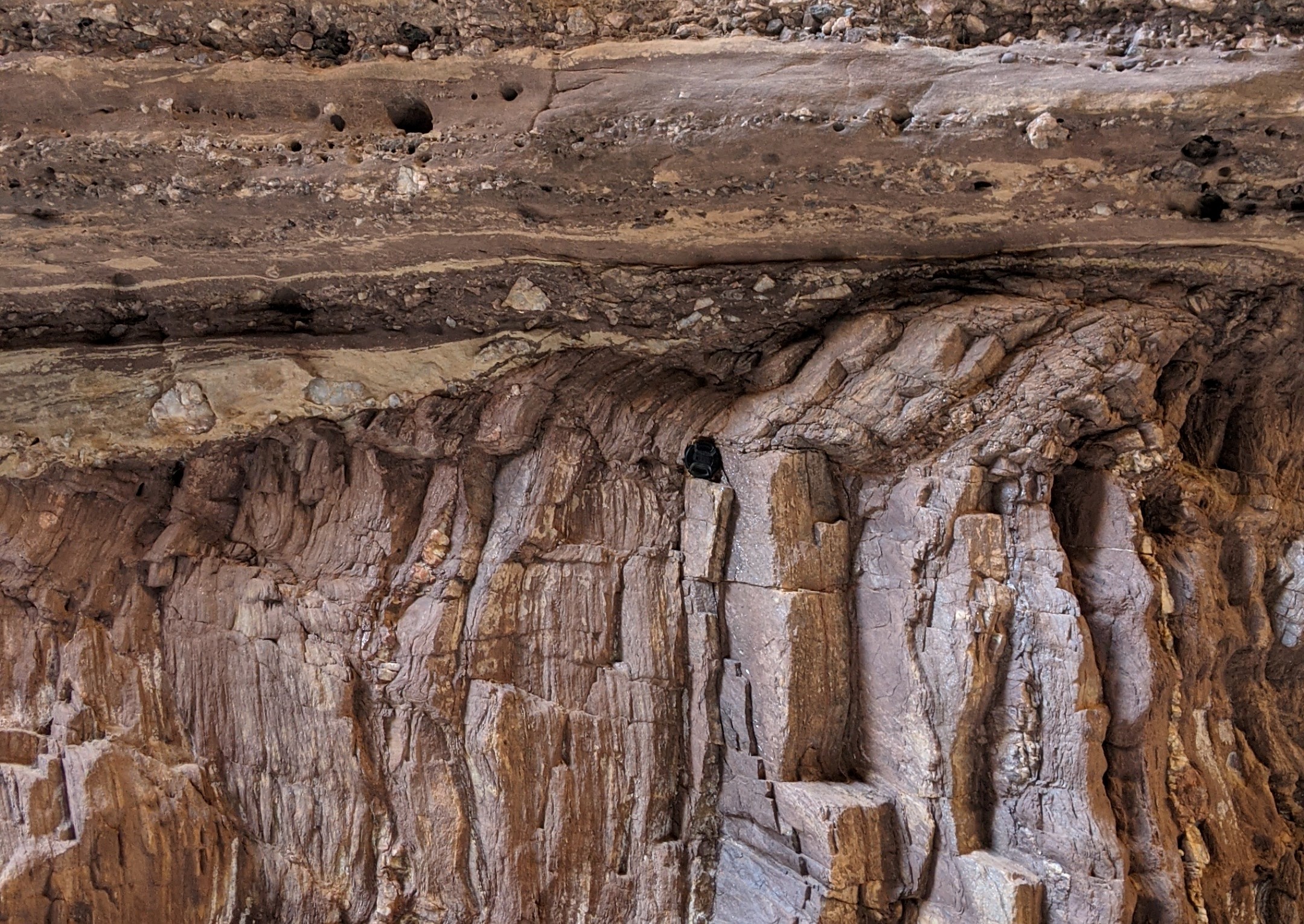A billion years of geologic history is missing from the Grand Canyon
Scientists are homing in on the mystery of the Great Unconformity.

The Grand Canyon is a layer cake of geological history, with rocks stacked neatly upon one another as they were laid down millions of years ago. That is, until you get deep into the canyon and find the Great Unconformity, a gap between rock layers representing a billion years in some places.
Even stranger, the Great Unconformity shows up in rocks worldwide, and always in rocks from the same era: about 550 million years ago and earlier.
"There are lots of unconformities that are observed locally in various places, but it's rare to have one that's observed that represents the same kind of gap in time from over a billion years ago to roughly 500 million years ago," said Barra Peak, a doctoral student in geology at the University of Colorado, Boulder.
Now, Peak and her colleagues have found that in the Grand Canyon, at least, these rock layers were lost during a tectonic upheaval caused by the breakup of a supercontinent. The findings suggest that although the Great Unconformity is found in rocks from around the world, the reason for its presence may be different in every place.
Missing layers
Though the Great Unconformity is defined by the absence of rock, its age is known from the age of the rock layers above and below the gap. Peak and her colleagues weren't interested in the age of the rock formation, but rather the time when the rocks cooled. Deeply buried rocks are in high-pressure, high-heat conditions, but cooling indicates that those rocks are being exhumed, or brought closer to the surface as the rocks above them disappear, Peak said.
"The way that happens is through erosion, so what we're trying to date is the erosion process," she said.
To do that, the researchers looked at helium trapped within the mineral zircon in the rock. Helium is a byproduct of the radioactive decay of uranium into lead. Under high heat, helium can escape from the mineral matrix. But in cooler rocks, the helium stays trapped. Thus, measuring helium levels in a rock of a certain age can tell you when that rock reached the surface and cooled.
Sign up for the Live Science daily newsletter now
Get the world’s most fascinating discoveries delivered straight to your inbox.

Evolving erosion
Peak and her colleagues looked at the rock layers right under (and thus older than) the Great Unconformity from eight t locations in the Grand Canyon to find out when the rock above was swept away. They found a surprising level of variability, with the western reaches of the canyon cooling 200 million years, on average, earlier than the eastern part of the canyon within Grand Canyon National Park.
The size of the Great Unconformity also differs across the canyon, with a smaller gap to the east, Peak said. At its smallest, the gap covers about 250 million years. At its largest, 1.2 billion years of rock is missing.
The overall picture suggests that the western half of what is now the canyon rose to the surface about 700 million years ago; the eastern half rose closer to 500 million years ago. But even within this broad picture, there are differences of tens or hundreds of millions of years in spots just a few dozen miles from each other.
This variability was probably caused by tectonic activity, Peak said. The supercontinent Rodinia, which came together about 1 billion years ago and broke up around 750 million years ago, was rifting apart during this time period. This rifting left a web of faults across the Grand Canyon region, many of which are still visible in the rocks today. At the time, Peak said, the pulling apart of the continent would have led to a series of high points and basins. The high points didn't have much sediment deposited on them, so their rocks were exposed, while the basins were a catchment for sediment, keeping the rocks at their base buried.
"Across the region, over millions of years, there definitely would have been erosion going on everywhere; just the extent of it would have differed on relatively small scales, tens of kilometers, potentially in some places," Peak said.
The researchers are currently using the same technique to date the erosion of the Great Unconformity in other locations around North America, she said. They also hope to look at locations outside North America. So far, preliminary evidence suggests that the date of the erosion varies a lot even within the continent, Peak said.
"What this is suggesting to us is that, rather than there being a single global cause to this feature, is that there was a lot going on within this time period of over a billion years," she said. "It's really just a coincidence that we see this unconformity corresponding to this same gap of time everywhere."
The research was published Aug. 12 in the journal Geology.
Originally published on Live Science.

Stephanie Pappas is a contributing writer for Live Science, covering topics ranging from geoscience to archaeology to the human brain and behavior. She was previously a senior writer for Live Science but is now a freelancer based in Denver, Colorado, and regularly contributes to Scientific American and The Monitor, the monthly magazine of the American Psychological Association. Stephanie received a bachelor's degree in psychology from the University of South Carolina and a graduate certificate in science communication from the University of California, Santa Cruz.










